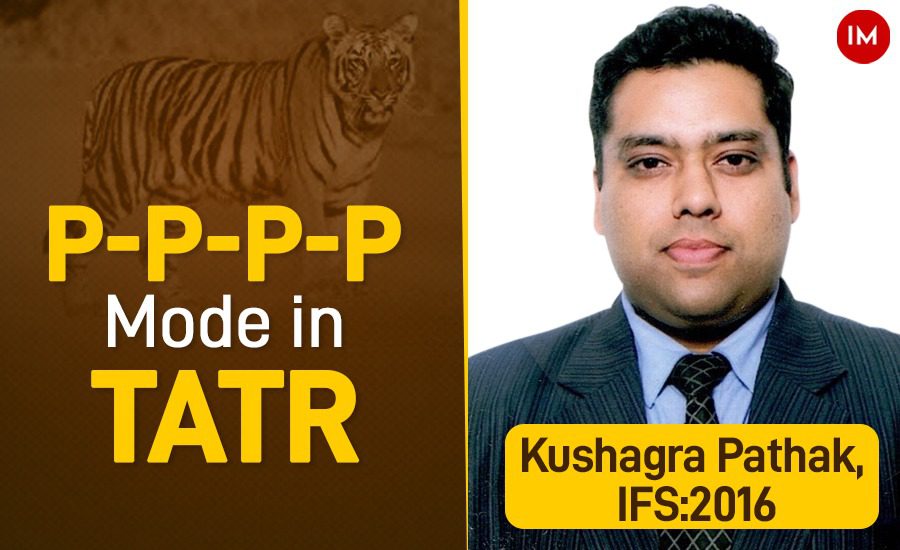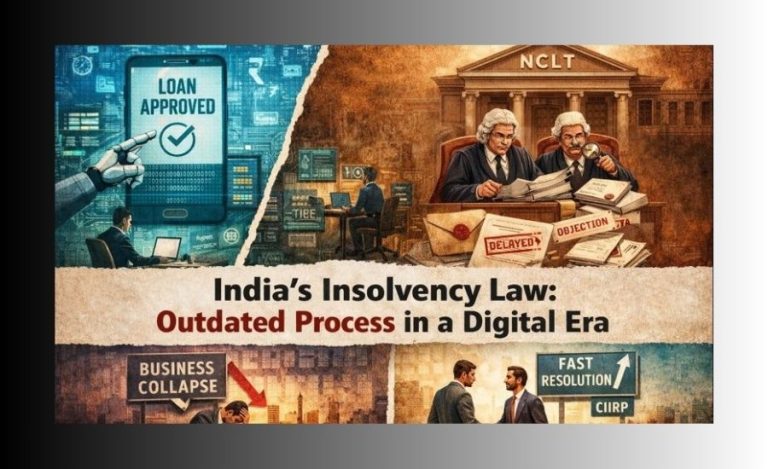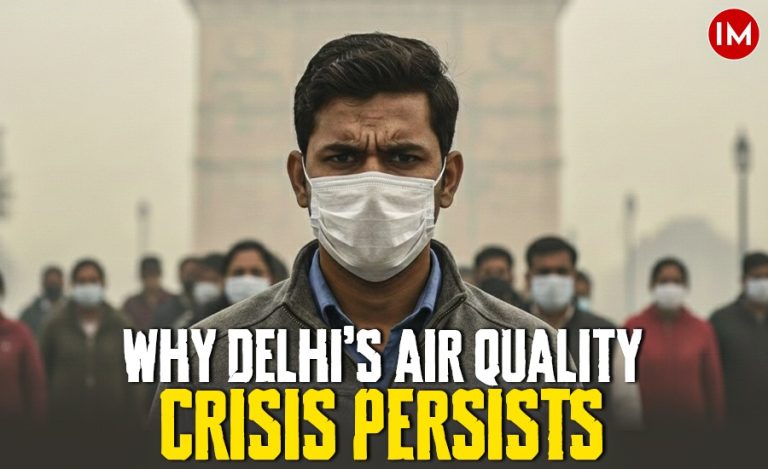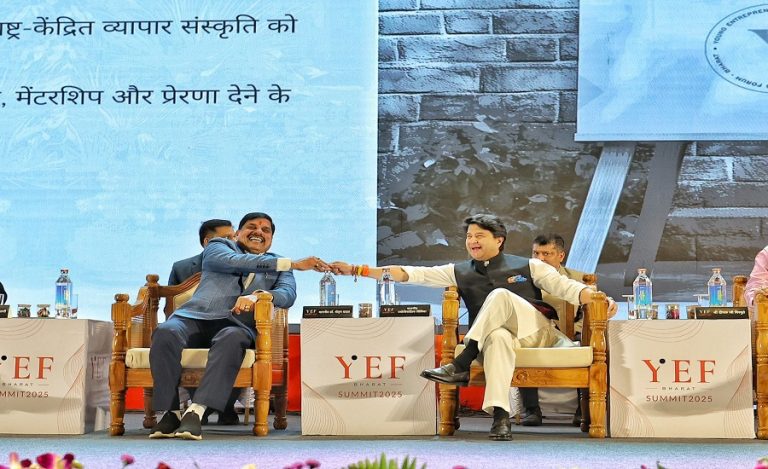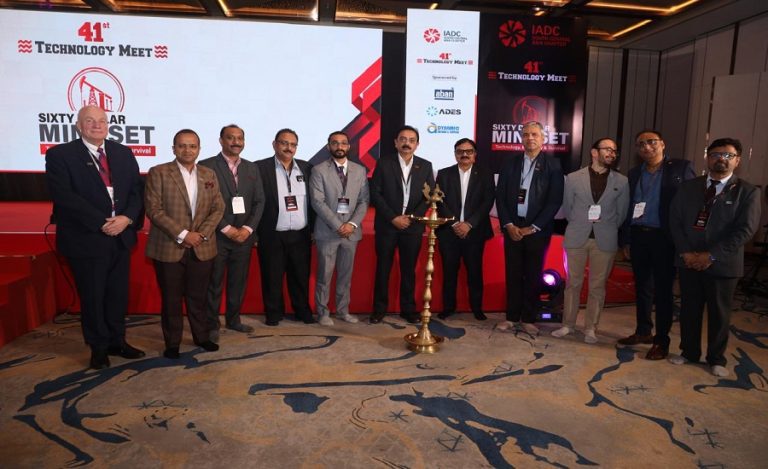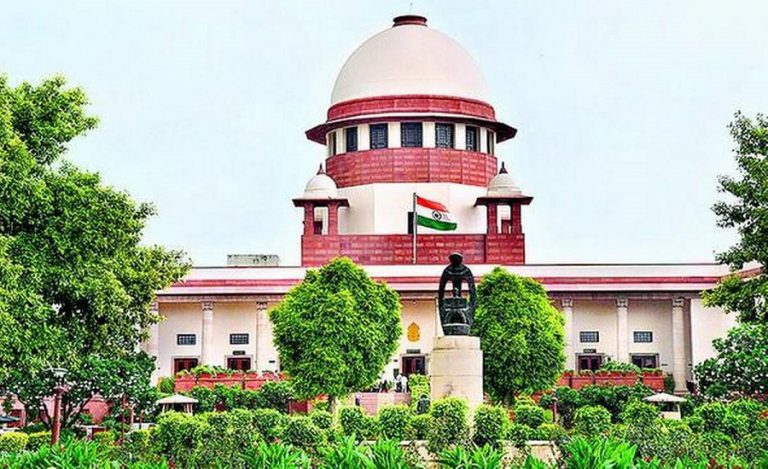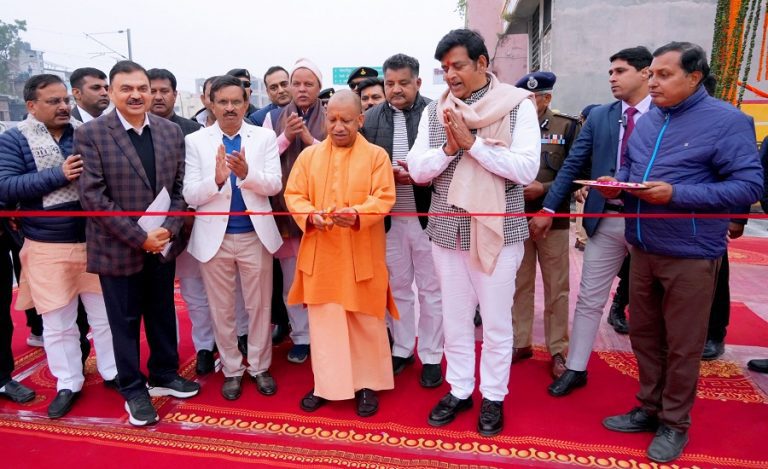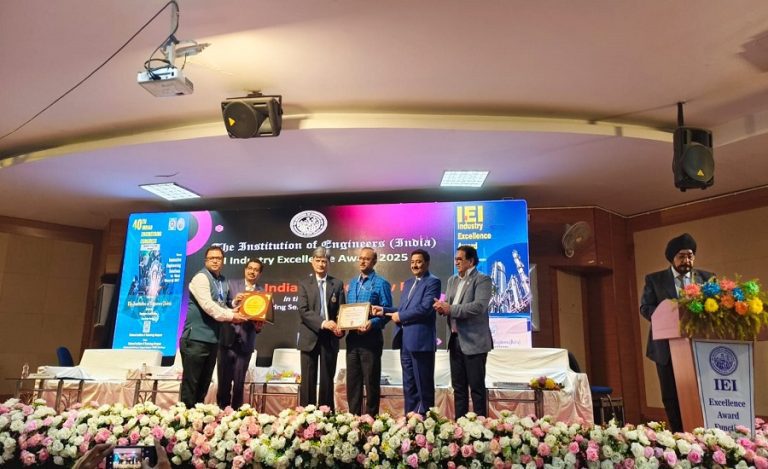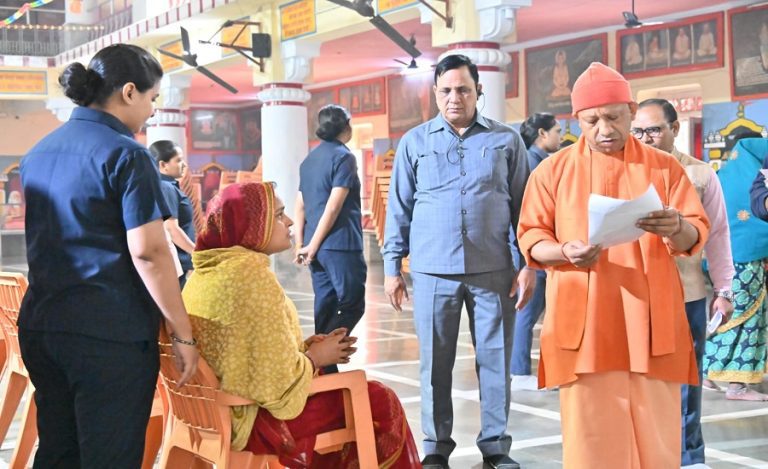TATR Buffer Division has a total area of 1102 sq. km. Out of which around 400 sq. km is revenue land. It’s a human dominated landscape with different land uses such as farmland, village, water bodies, resorts, etc. Through eco-tourism and EDCs, the administration has developed a sense of ownership among the local villagers who help the administration in protecting the forest and wildlife, as their income from tourism directly depends on the health of the habitat and presence of wildlife.
THE PROBLEM
With increased protection and improvement in habitat, the population of wild animals is increasing, especially of wild carnivores like tiger, leopard, etc. The AITE report 2022 mentions TATR as a source region. It has a high population of breeding tigresses and after almost two years, the sub adults disperse in search of a territory. Since the park is almost at the carrying capacity with respect to tigers, the sub adults have to migrate out of the tiger reserve. This outward dispersal pushes the animal to look for newer territories. As they walk through the corridor they cross through human dominated landscapes and the chances for a human-wildlife negative interaction increases. For instance, in Chandrapur, there were 53 deaths in the calendar year 2022.
The high population of wild herbivores in buffer often venture into farms to raid crops. This leads to crop damage and frustration among the farmers. Quite often, wild carnivores also follow herbivores and there are cases of their encounters with human leading to human-wildlife negative interaction.
Another factor which increases conflict is the village cattle. The livestock is an easy prey for the tiger, and in areas like Brahmpuri, the tigers mostly feed on cattle. In all these situations, the department has to rush to compensate the loss of the local people. It is because of the response of the forest department, be it paying compensation or engaging locals as part of rescuing the animal from human dominated landscape, the agony has been lesser, and people now have more acceptance towards such situations.
Thus, it can be concluded that with increased protection, the population of wild animals will increase, and chances of a negative interaction will also increase in the villages near wildlife corridors, agricultural fields, etc.
THE SOLUTION
This complex problem requires a multi-pronged solution. Few suggestions include –
- Physical fencing in non-corridor areas
- AI- based virtual fencing in corridor areas
- Stalling open feeding/grazing of cattle
- Providing solar fencing around farms, etc.
One interesting and comprehensive solution to increase effectiveness of all these specific measures is the 4F framework-based restoration to promote alternate farming approach and livelihood generation in the affected areas. The 4F stands for Forest, Fodder, Fruit and Fuel. To implement this strategy, the model of CNC is required.
WHAT IS CNC?
CNC stands for Community-owned Nature Conservancies. Under this concept, a plot of agricultural land can be given up for rewilding and the TATR Foundation will pay compensation/incentive to the farmer. As one of the many possibilities, the farmer can start ecotourism over there by building machans for tourists. The tiger can become a bread winner for the farmer as income from tourism is quite high.
As of July 2023, around 165 acres of farmland has been taken into CNC. Since the capacity of TATR Foundation and the farmer is limited, private sector/corporate sector can be roped in to not only invest in the land but also pay the incentive amount to the farmer for rewilding. A good example of this model is in Alizanjha village in the buffer area of TATR. This is successfully being implemented and has reduced human-animal negative interaction.
The private investor has developed all facilities for a comfortable stay of tourists and also given job to the landowner family in addition to the compensation for re-wilding. A tri-party agreement is signed between the farmer, private party and the department who works as a facilitator. However, although this is successful, it can’t be implemented everywhere as there are large areas under wildlife corridors and not everywhere, machans or tourism can be promoted. The farmers also worry about the loss of productivity of land in subsequent years. What if the private investor suddenly walks out? How would they take up agriculture again after a gap of say 10 years?
So, doing a small modification in this CNC model can help in not only reducing conflicts but also bringing in more investment and better incomes for the local people, while keeping the productivity of the land intact. This model is integrating the 4F strategy with CNC.
4F-CNC MODEL
The 4F strategy is designed and proposed to restore ecosystems across all parts of India in truly sustainable manner. It suggests conserving physical elements (water, soil) at the degraded lands, then cultivating 4Fs (forests, fodder, fruits/NTFP & fuel-biomass) at right scales and proportions, using the right technologies for better results and involving local communities throughout to ensure sustenance of the project. The strategy aims at achieving sustainable restoration and balancing ecological, economic and social benefits.
For the 4F-CNC model to work, large tracts of land (1000 acres or more) are required. The whole parcel of land will be used for cultivation of forests, fodder, fruits/NTFP and fuel-biomass.
- Forests – This will ensure good corridor for wildlife apart from sequestering carbon, improving micro climatic conditions and increasing biodiversity.
- Fodder – This is to feed the cattle/livestock and prevent their entry into the jungle for grazing and to give a boost to dairy and animal husbandry business.
- Fruit – Fruit-bearing trees + NTFP shall be planted for commercial purpose. Proper plant selection can be done for different seasons as per the local agro-climatic conditions. These trees will help improve the overall tree-cover as well as contribute to farmers’ income.
- Fuel – A specific biomass (grasses, shrubs) optimal for generation of biofuel (e.g. briquettes, CNG, hydrogen, ethanol) can be cultivated. This will ensure consistent income for the farmers and will help transition to green energy options.
This 4F-CNC model can reduce animal-human conflicts and provide livelihood opportunities to the local people. The people will be paid for providing their land on lease on which this strategy will be implemented. The private sector will bring in investment, technology and ensure a market for the produce. Jobs will be created as locals can work in their own fields. For wildlife corridor, areas will be forested for easier passage of wild animals, and all this can be done under the supervision of the department in the buffer areas of TATR.
4F-CNC THROUGH P-P-P-P MODE
This 4F-based CNC model can be successfully implemented through a well-structured ‘partnership’ between 3 Ps – Public Sector, Private Sector and Local People. In essence, it will be Public-Private-People-Partnership (P-P-P-P).
Public Sector: The forest-department will play a crucial role in setting up the 4F-CNC project and in ensuring the balance of ecological, economic and social benefits of the project.
Private Sector: Private parties will bring in sufficient investments plus right technologies and will ensure smooth operations of the project throughout its life (biomass cultivation, sales and marketing, revenue sharing).
Local People: Local communities will be involved throughout in form of their societies (say FPOs) and through direct/indirect employments to individuals.
(The writer is the Deputy Director (Buffer), Tadoba Andhari Tiger Reserve, Chandrapur, and the views expressed are his personal ones.)

